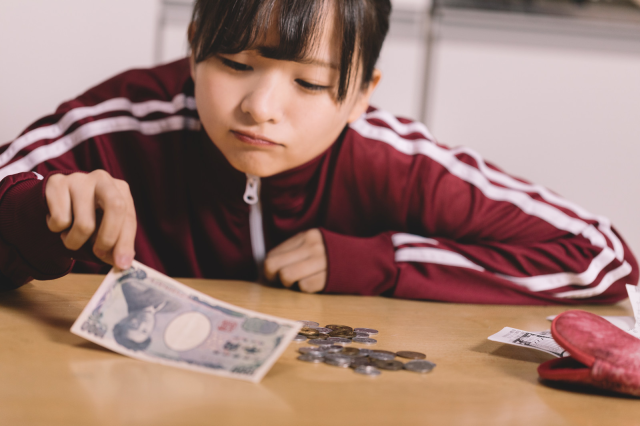
For those who aren’t planning to hang on to their monetary presents from grandma and grandpa, advancing their oshi is the top plan.
In Japan, New Year’s is traditionally celebrated by a trip back to your home town to spend time with relatives, a visit to your local shrine or temple to pray for health and prosperity in the year ahead, and/or eating mochi (which hopefully won’t kill you). But if you’re a kid, there’s an extra part of the New Year’s festivities: otoshidama, gifts of cash you receive inside small festive envelopes.
Just about every kid in Japan gets otoshidama from their grandparents, and the majority get envelopes from their parents, aunts, and uncles too. Add them all up, and it’s not unusual for Japanese children’s wallets to be 30,000 yen (US$272) heavier, if not more so, by the time winter break ends.
So what do they do with that windfall? To investigate, Japanese website Simeji polled Japanese girls between the age of 10 and 19, asking what they planned to do with their otoshidama and getting 977 responses. Japan being a society where stability and self-reliance are instilled as virtues from an early age, the top response was “I’m going to save it.” The number-two response, though, and thereby the top pick among girls who are actually going to spend their money, was “I’m going to use it to support my oshi.” or, in other words, their favorite anime character or idol singer.
How are you going to spend your otoshidama?
1. Savings
2. For my oshi
3. Books/manga
4. Clothing
5. Video games (including in-game purchases)
6. Going out with friends
7. Cosmetics/beauty salon services
8. Stationery
9. Tokyo Disneyland tickets
10. Smartphone
Oshi is a relatively recent addition to Japanese slang, coming from the word osu, which originally means “push” but in this case means to support a person or advance their position. Essentially, a girl’s oshi is the member of an anime cast or multi-vocalist idol group that she thinks should be the one in the spotlight. The belief is that if enough money gets thrown at merchandise for your oshi, producers/talent agencies will take notice and that individual will start getting a more prominent role.
The logic isn’t entirely unsound, seeing as merchandising has become a more powerful driving force in the anime and idol industries than ever before. It’s also worth noting that many male otaku have oshi of their own too, but the oshi enthusiasm in Simeji’s for-girls survey is something that probably wouldn’t have manifested so strongly a generation of fans ago, and is another sign of otaku interests gradually moving towards becoming mainstream entertainment.
Source: Simeji via Niconico News/My Navi News via Jin
Top image: Pakutaso
Insert images: Pakutaso
● Want to hear about SoraNews24’s latest articles as soon as they’re published? Follow us on Facebook and Twitter!